Guests:
Anthony Wilson, Technical Director & Founder, Alkemista
Ben Maddison, Head of Global White Space Innovation, BRITVIC
Rachel Roberts, Global VP, Beam Suntory
Eric Sampers, Founder ECLS Marketing & Strategy
HMC: Jamie, Will, Hayley
Guests:
Anthony Wilson, Technical Director & Founder, Alkemista
Ben Maddison, Head of Global White Space Innovation, BRITVIC
Rachel Roberts, Global VP, Beam Suntory
Eric Sampers, Founder ECLS Marketing & Strategy
HMC: Jamie, Will, Hayley
New social norms and cultural currents are encouraging consumers to experiment. People are seeking alternatives to the products which have hegemonized the market over the course of decades.
In the UK, there is a 22% uplift YoY in consumers drinking non-alcoholic beverages. Consumers from all generations are substituting alcoholic beverages for no and low alternatives as they become increasingly accepted as a societal norm.
So how can brands embed their products into these increasingly influential consumer habits? How do they stand-out in a crowded market? How do they measure the success of innovation?
In the first of an exclusive roundtable series under Chatham House rules, the team at Haines McGregor assembled industry leaders and experts to explore the big opportunities in no and low alcohol.
The adage of less is more has influenced numerous successful product innovations.
Brands offered consumers products with stripped back design and an overt focus on the health benefits. But if innovations like Diet Coke, Special K or SlimFast launched today – would they achieve the same cut through? Do consumers still want less? How far can no and low alcohol brands stretch away from their root categories?
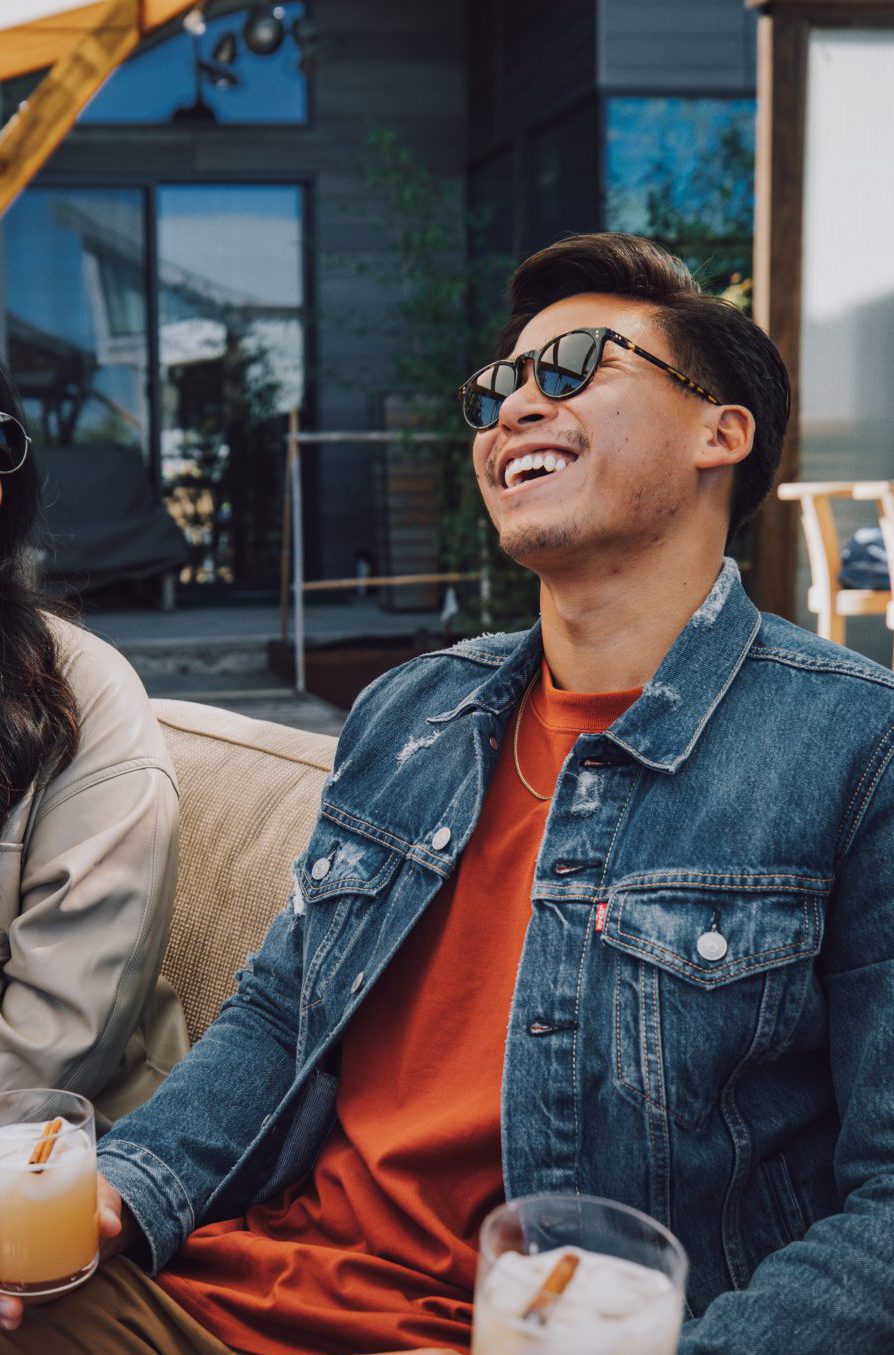

The group debated this provocation.
“Brands have a habit of speaking in the language of less – when consumers are looking for products which add more,” summarised Jamie Holtum of Haines McGregor.
This is particularly true for no and low brands. These products are defined by what they don’t have – rather than what they add. From a consumer perspective, they see products which offer them less. Often while costing them the same or more.
“This is a key challenge for bigger brands – how can they reposition innovations so they don’t appear as ‘less’ than their core products?
The group agreed it was far more powerful to sell no and low products through what they add to an experience – such as giving people balance and freedom – as well as new shapes and flavours.
“Smaller brands are more able to experiment with innovation. They can test and learn. We all know that consumers are looking for interest, intrigue and flavour. Bigger brands can be too corporate – more concerned with ticking the ‘alcohol free’ box in their product portfolio and ‘making it work’ with what they have – rather than innovating new, bespoke brands that speak to emerging consumer behaviours.”
But what you can add, and when, depends on the maturity of a sector. Aged products, where you need to be very careful with interaction between liquid and wood, are much more difficult to innovate in.
“But in gin for example, there is more opportunity to be creative with liquid and flavour,” a panellist noted. “Plus consumers are more open to experimentation with these drinks”.
This openness to experimentation is a symptom of a much bigger shift in consumer mindset. Consumer preferences are influenced by a series of swirling macro-trends in society – and brands need to move beyond binary thinking to tap into these blossoming habits.
Consumers don’t think in black and white. What makes someone choose no and low – drives is a desire for control? The freedom of sobriety? Or do they just like the taste?
It could be all of the above at once. Some people are influenced by health and wellness trends – others will be purely motivated by the simple pursuit of enjoyment.
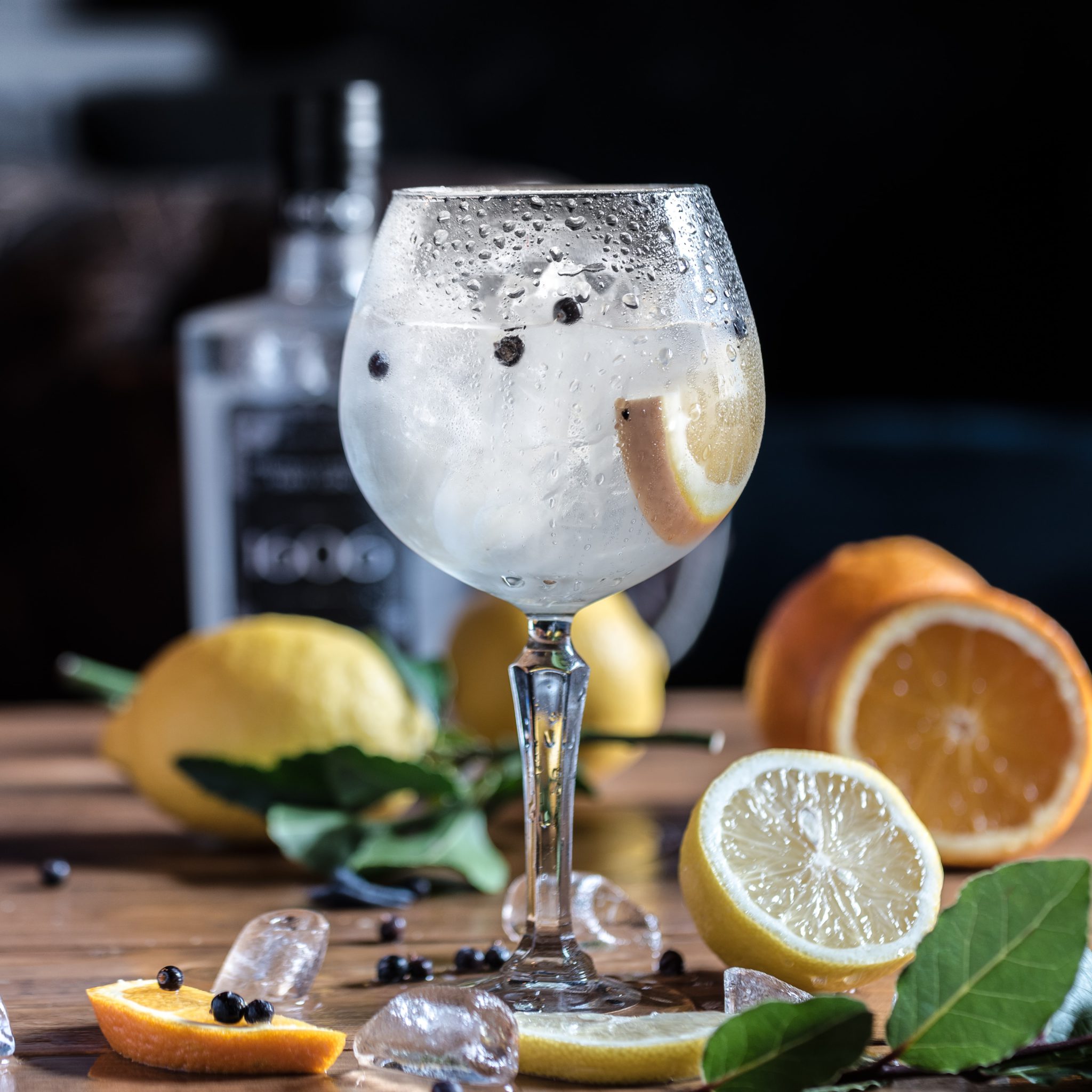
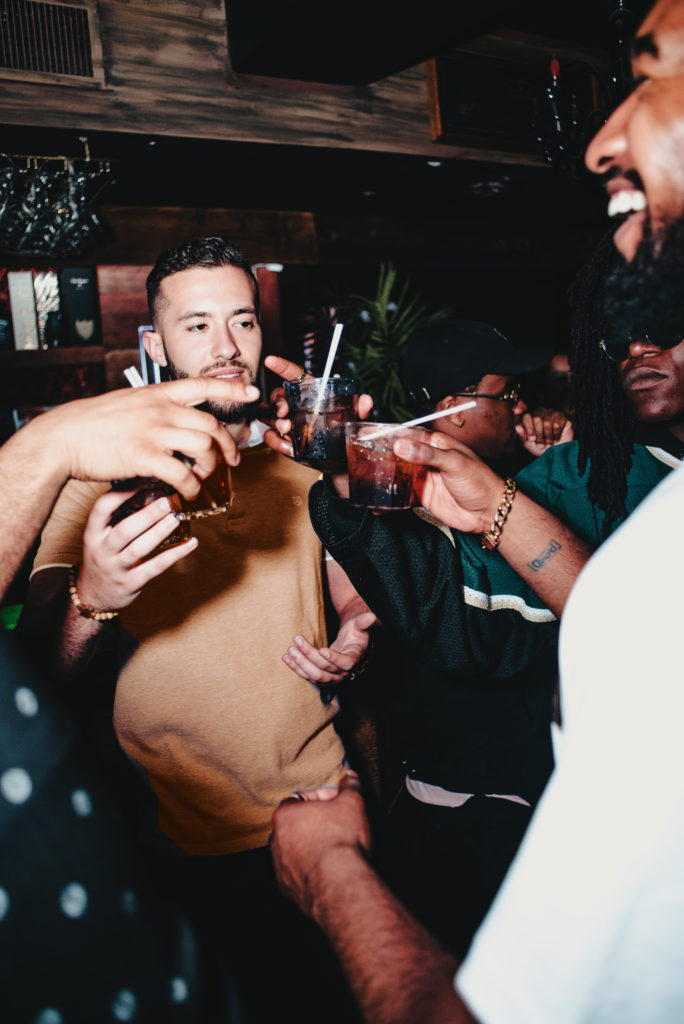
“If you step into the world of someone in their mid-twenties – you will see these forces interplaying all at once,” noted Jamie. “A party will be full of hard liquor and cigarettes as much as it is with non-alcoholic drinks and vape pens. The reality is that we can look at consumer habits from the wrong end of the funnel.”
“People aren’t thinking about percentages, or sustainability or status. The primary driver was enjoyment. Conversations between people are personal stories of how their product of choice reflects the experience they are looking for. It is common to see a non-alcoholic beverage consumed between two alcoholic drinks.”
This is a new era of consumer flexibility and variety. Brands need to recognise that products exist in a swirling venn diagram of overlapping interests – not a closed binary grid. It speaks to an ongoing social liberation of demographics – as well as a growing mentality of go on why not!.
“These decisions are often not premeditated,” added a contributor. “The role of brands is to empower and encourage flexibility through choice – not to filter decision making through the lens of a spreadsheet.”
“ABV is a complex thing to understand – and both brands and consumers are on this journey together,” noted a guest. “Low and no alcohol products still speak in the language of the sectors which birthed them. Consumers naturally do the same. But in time this category will detach and form its own language, values and norms.”
The group argued that brands should learn from other sectors. “What can brands learn from the beauty industry? Consumers in this sector are highly invested in the composition of products – and brands are competitively vying for relevance”.
You can even look at how brands in this sector encourage audiences to experiment through experiences. Brands in beauty invest in expert artists, brand collaborations as well as next-gen digital experiences to encourage consumers to try something new. “The on-trade has come on leaps and bounds in how they use the expertise of mixologists – can brands take this further to encourage consumers to opt for excitement over familiarity? Taste is key in selling the thrill of discovery versus the reliability of control.”
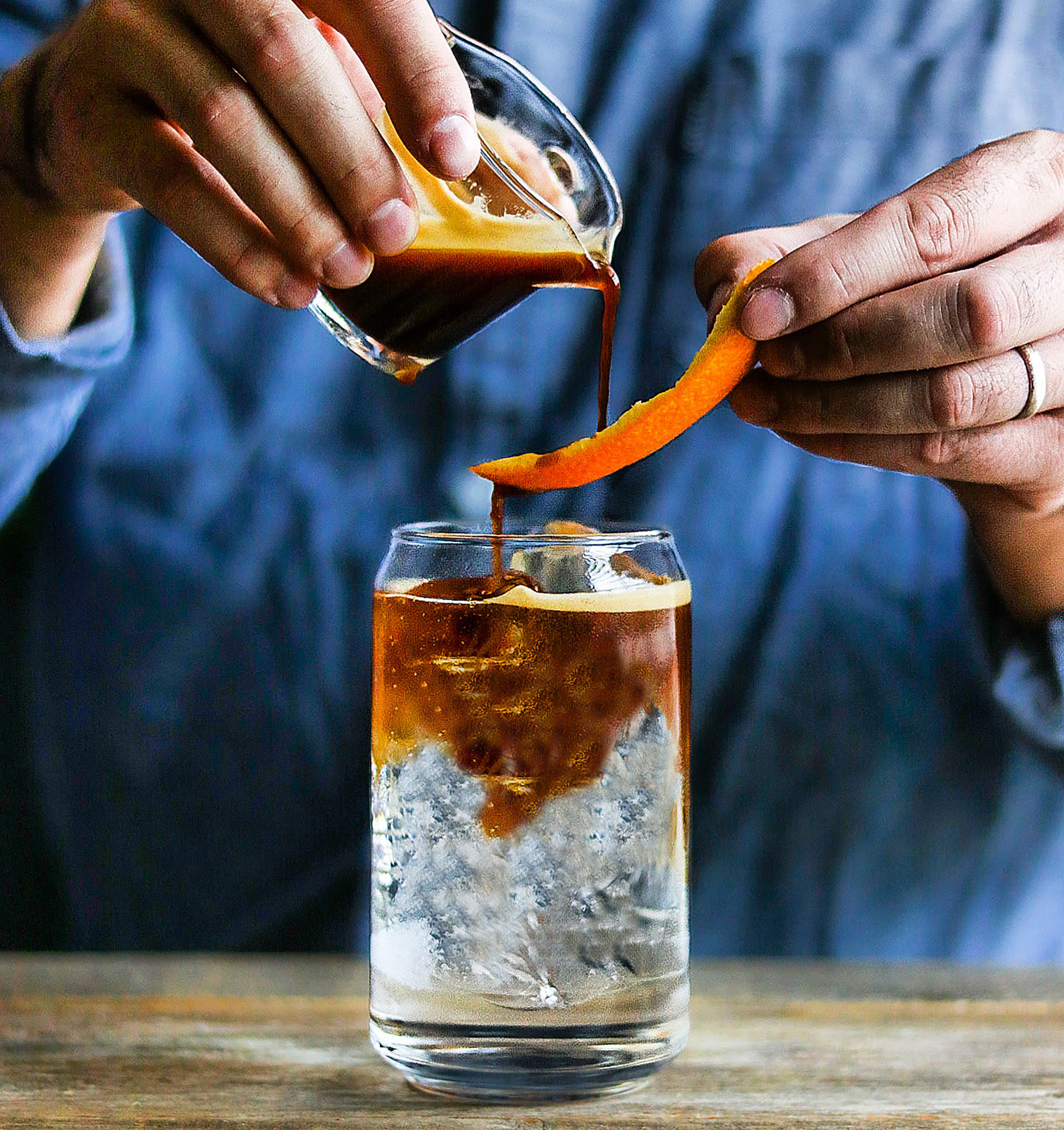
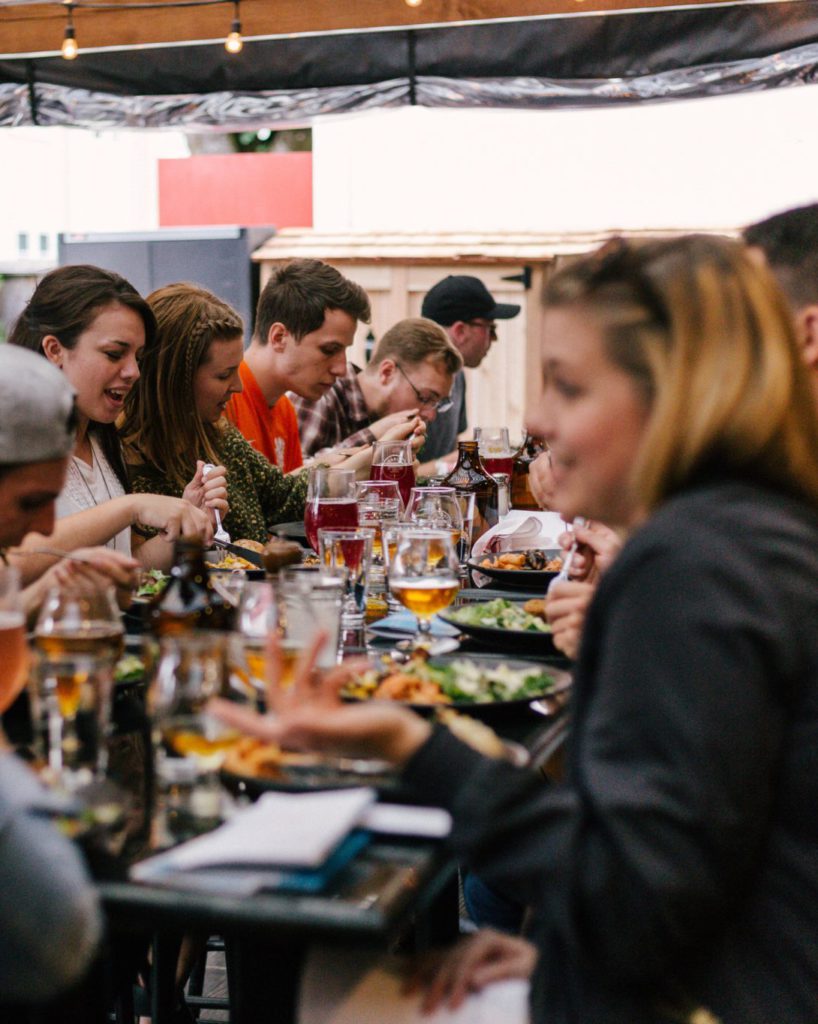
There is much still to be defined in the no and low alcohol space. But there are brands who are succeeding while shaping the space. The panellists highlighted in particular:
Three Spirit – “Product which combines flavour and function. Branding addresses the cynical concerns of some consumers” – an example from Will.
Erdinger Zero, One San Miguel, Lyres, Sea Arch, Pentire, Heaps Normal, Lucky Saint
Building both a brand and a category at the same time is a tough job. But the global trends are clear. Consumers are taking charge of their products. Healthy alternatives are on the rise. People want no and low options.
It is hard for both brands and consumers to know what the right solution is. But the scale of these challenges only reflects the size of the opportunity.
To learn more about Haines McGregor and our experience working with no and low alcohol brands, get in touch with the team here